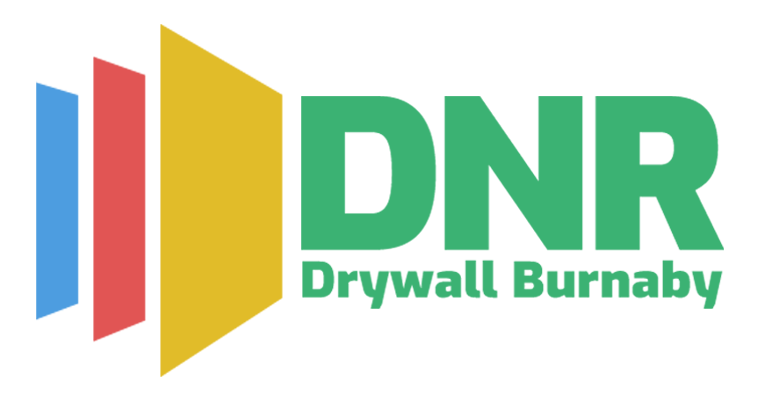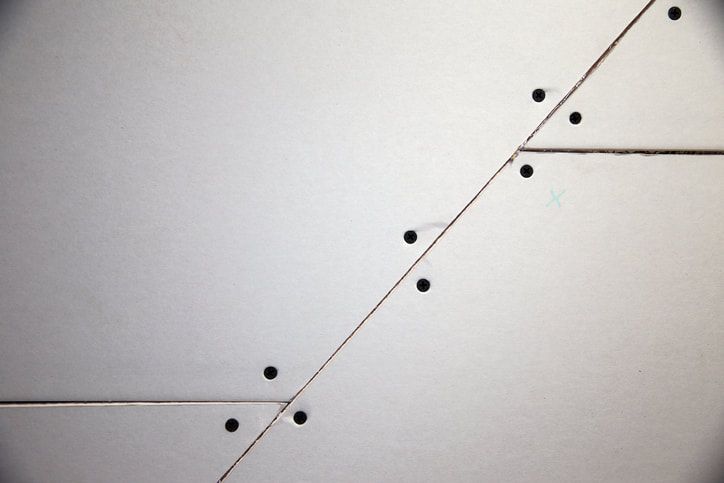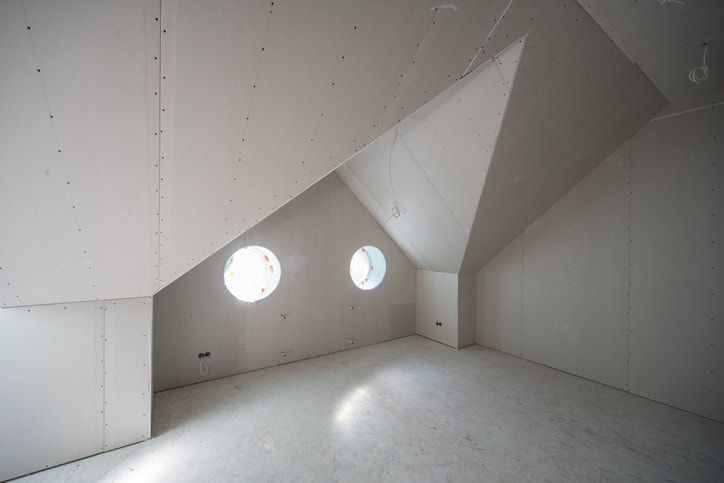
Water-damaged Drywall Repair
Water-damaged drywall is an eyesore that can pose a serious risk to you and your family's health and safety. The west coast of Canada is used to lots of rain due to its proximity to the ocean, so our area has a higher risk of moisture coming into our homes. DNR Drywall is here to help you know how to recognize what water damage looks like and help you through the process of drywall repair if it happens to you. Once you notice water coming into your home, you know to call our Burnaby drywall contractors right away.
Four common signs of water damage
When you suspect that there's water damage in your home, there are a variety of visual and tactile signs homeowners can check for. Some signs of water damage can develop immediately or gradually over time, and they are all accompanied by things that can harm the people living in your home. Water damage is not something to be taken lightly. You must treat it urgently to ensure you don’t see costly repair bills.
When looking for water damage in your home, look for these four signs:
- Drywall is soft to the touch
- Peeling or bubbling paint
- Water stains or spots on the ceiling or walls
- Ripples in the wall
GET FREE QUOTE TODAY!
GET YOUR FREE QUOTE TODAY!
We will get back to you as soon as possible.
Please try again later.
Drywall is soft to the touch
- The front of your drywall may seem okay; however, the reverse side could be damp. How do you know drywall is damp if it seems visually okay? You need to touch your wall. This is why softened drywall is the most commonly ignored sign of water damage in homes throughout the country. It is most often discovered once the damage has become visible or when you happen to touch an area on your wall.
- Other than touching the wall with their fingers, homeowners can use a machine called a non-penetrating moisture meter which shows the moisture amount or pokes the drywall with a screwdriver. If the screwdriver goes through the drywall without much pressure, there's a problem. These tools can be very beneficial in assessing the damage, that’s why our damage assessment contractors have these on them at all times.
Peeling or bubbling paint
- Bubbles may form between your paint and drywall. This is because water collects under the paint. As water pools and expands, the paint on your walls and ceilings could also flake and peel. This type of water damage can be seen visually; however, a visual assessment cannot tell how much water damage is found behind the drywall. The damage could be extensive or minor but can only be assessed when the drywall is removed from the wall.
- When draining paint bubbles or removing water-soaked drywall, our professional drywall contractors have the tools and equipment required to limit any additional damage the water may cause to your home. Including industrial fans and dehydration units that pull the moisture out of the air. Stopping the cause of the water leakage and drying out your home is the top priority.
Water stains or spots on the ceilings or walls
- If you have a leaking toilet from the upstairs bathroom, an old roof, or a sink that was not installed properly, water damage spots may appear as stains or discolouration on your ceilings or walls. Water can travel along beams or pipes in your home before falling onto your ceiling, which causes brown patches or other discoloured spots to become obvious. If the water is left unchecked it can pool and collect which opens it to the opportunity for much worse damage. If you have a collection of water pooling in your ceiling as an example, once the weight of the water is too heavy you will have a massive amount of water falling and more than likely damaging everything below it as well. Along with the risk of someone standing below it when it releases which could cause severe injury.
Ripples in the wall
- Usually, warping or ripples start at the top or bottom of the wall and spread across the entire drywall sheet. Conduct a visual examination to see if ripples or warping on drywall are caused by water damage. One or more of the previously mentioned warning signs may be present (e.g., soft to the touch, peeling or bubbling paint, etc..). If any of these signs are present it is best to call our team at DNR Drywall in Burnaby, BC to get that drywall repaired as quickly as possible.
Water can build up or seep in due to different problems, such as flooding, damaged pipes, and sewage backups. It is critical to recognize and fix each of these problems as soon as they happen. If your home shows any signs of drywall water damage, get in touch with our specialists. We can determine how likely you are to have mould and other issues that result from water-damaged drywall.


Reasons why you shouldn't wait to get water-damaged drywall repaired
Water leaks coming in from outside or those happening within your home will damage your drywall. It's time to contact our drywall installation and drywall repair contractors serving the Burnaby, British Columbia region once a leak or the source of the water damage has been fixed. If you wait too long to repair damaged drywall in your home, drywall damage can become irreversible and more expensive to fix. This can also cause some serious safety risks, such as degradation of the integrity of your walls and the formation of mould, which can be problematic for your health.
Leaks coming in from outside your home
There is a risk your foundation can crack because of heavy precipitation. Soil becomes over-saturated with moisture around your home, causing pressure on your foundation. This can introduce water in areas such as your basement. Signs of a foundation water leak can be noticed through watermarks on your flooring close to the wall or rust marks on your wall.
Walls can begin to soak up moisture coming in from outside your home and leak through the gypsum. This is also known as "wicking". The longer the water is left to wick, the greater the long-term damage to your drywall and the potential for severe flooding.
Flooding coming from within your home – leaky plumbing
Flooding from within your home is more common because of leaky plumbing. The paper backing on drywall will detach from the gypsum over time if it's exposed to water, and the core will lose its structural integrity. Since drywall has a powdery texture within its hard exterior coating, when water is present, it is easily absorbed turning the drywall into a mushy-like paste.
Our drywall restoration services following a flood will normally begin by just removing and replacing the drywall up to the level where the water reached. To understand the extent of the damage to your home, we'll examine your walls thoroughly and ensure we know exactly where the water is coming from. This will help us develop a restoration plan suited to your unique situation. The replacement drywall should not be placed until the water issues are completely resolved to leave your walls ready for restoration.
Harmful to your health
Due to its paper backing, wet drywall is a perfect place for mould to grow. Mould grows by feeding from this perfect, moist environment. It only takes 24 to 48 hours for mould to form on the drywall. Thus, it's crucial to immediately remove the wet drywall.
Health symptoms can also occur when people live in mould-infested homes. People are more likely to experience allergic responses; eye, nose, and throat discomfort; and coughing.
Signs of mould include visual spots on the walls, ceilings, or carpets which can be green or black. Spots are usually accompanied by a musty or earthy smell. Once the old drywall has been removed our team can help you select the best type of new drywall that can help prevent this in the future.
It's difficult to know what's going on beyond your walls, but you can spot water-damaged drywall if you know what to look for. Be aware of water damage after you notice broken appliances and leaky pipes. Smells may indicate a more serious, long-term problem that needs the services of a drywall professional. Waiting to get it repaired will end up costing you more, so don't wait!
Call 604-245-5087 today, if you need drywall repair, water-damaged drywall repair, or flooded drywall repair services in Burnaby, British Columbia area.
~ DNR Drywall ~
Providing our fellow neighbours with all their drywall services!
All work is completed by professionals
Made with love by Piiper Digital Solutions